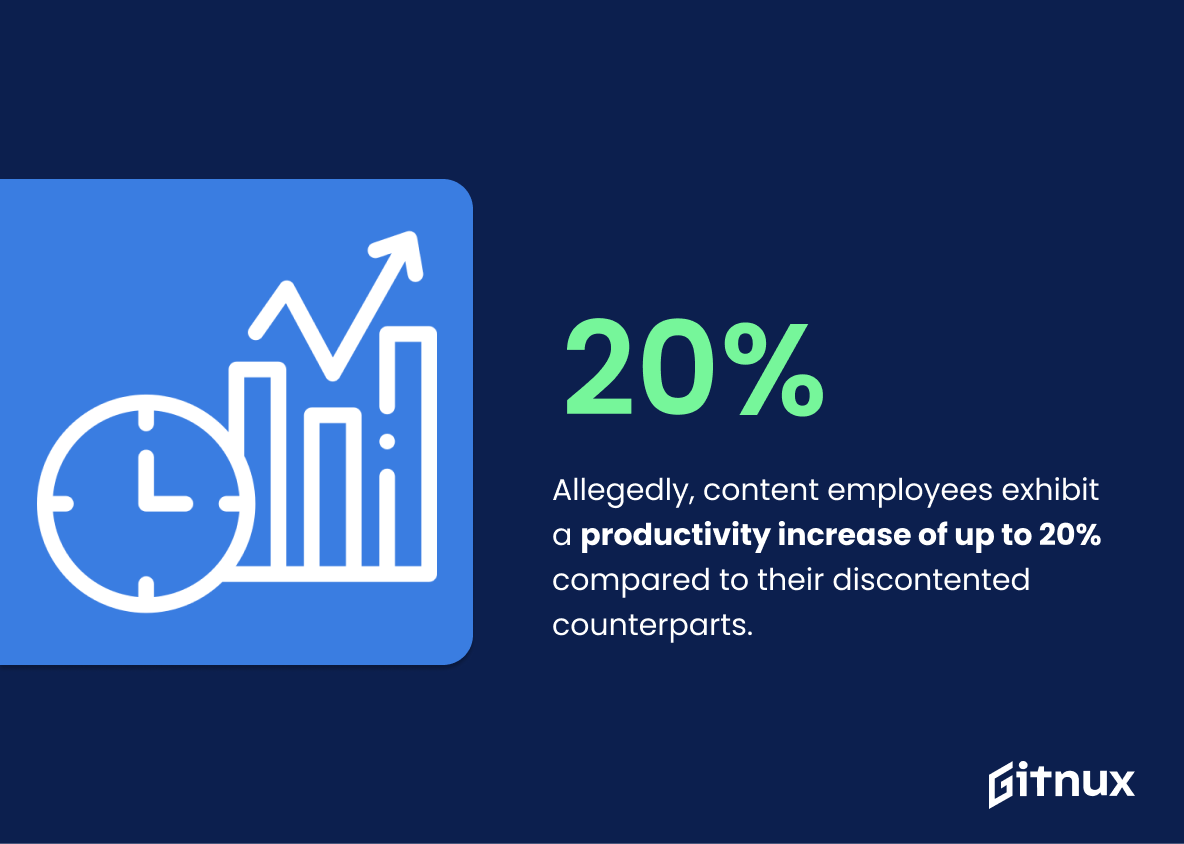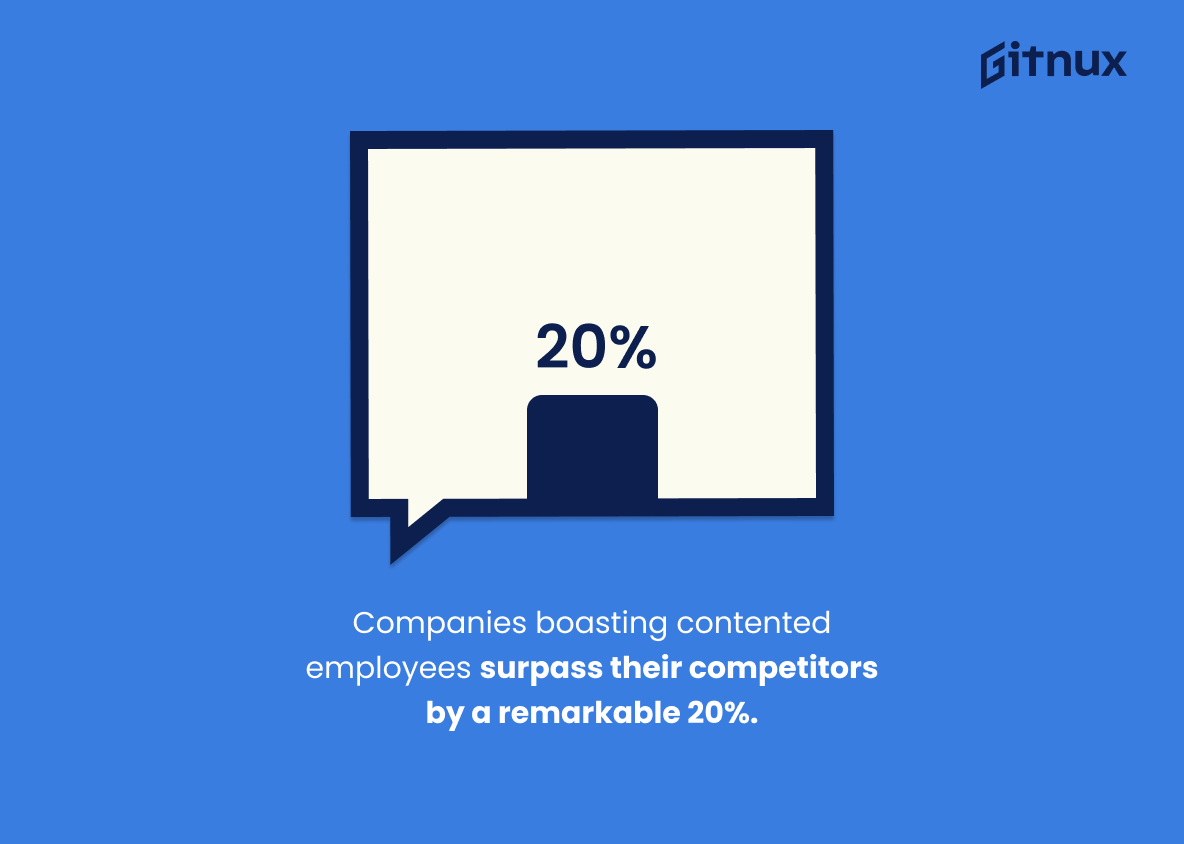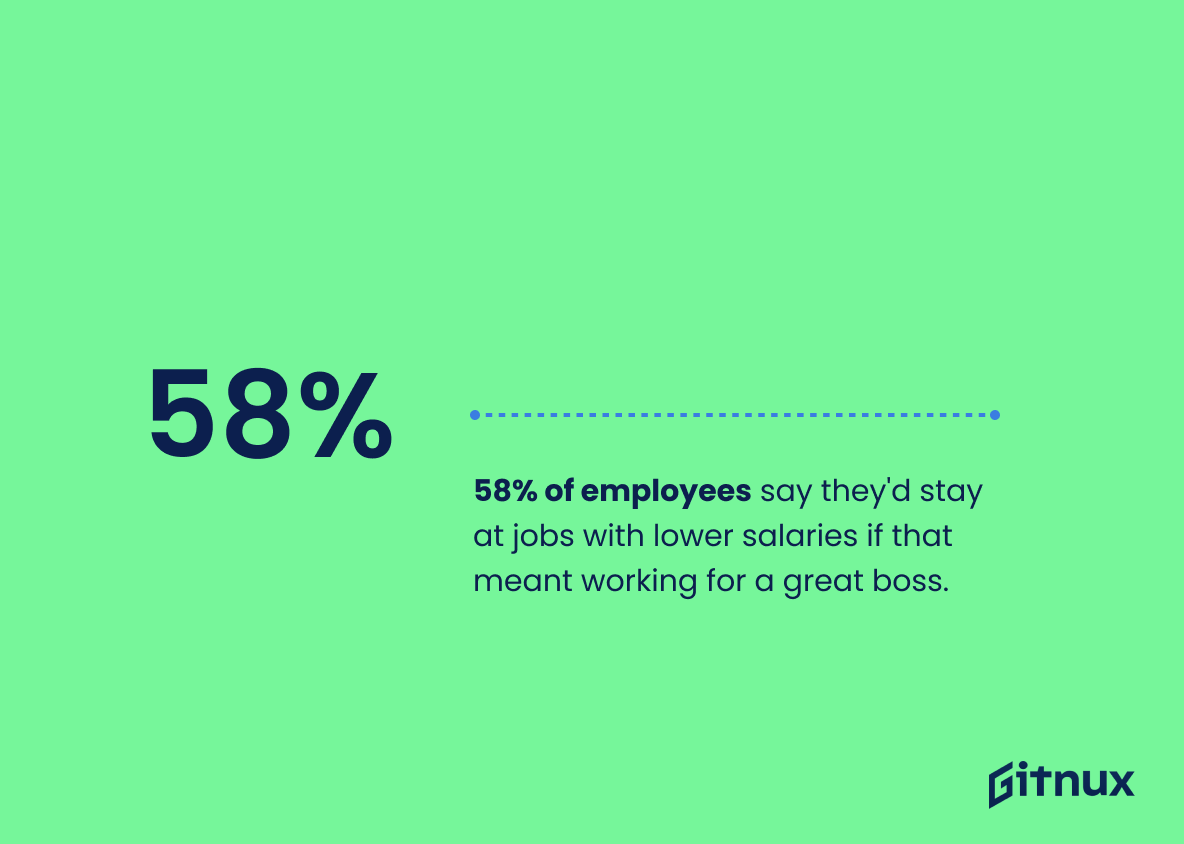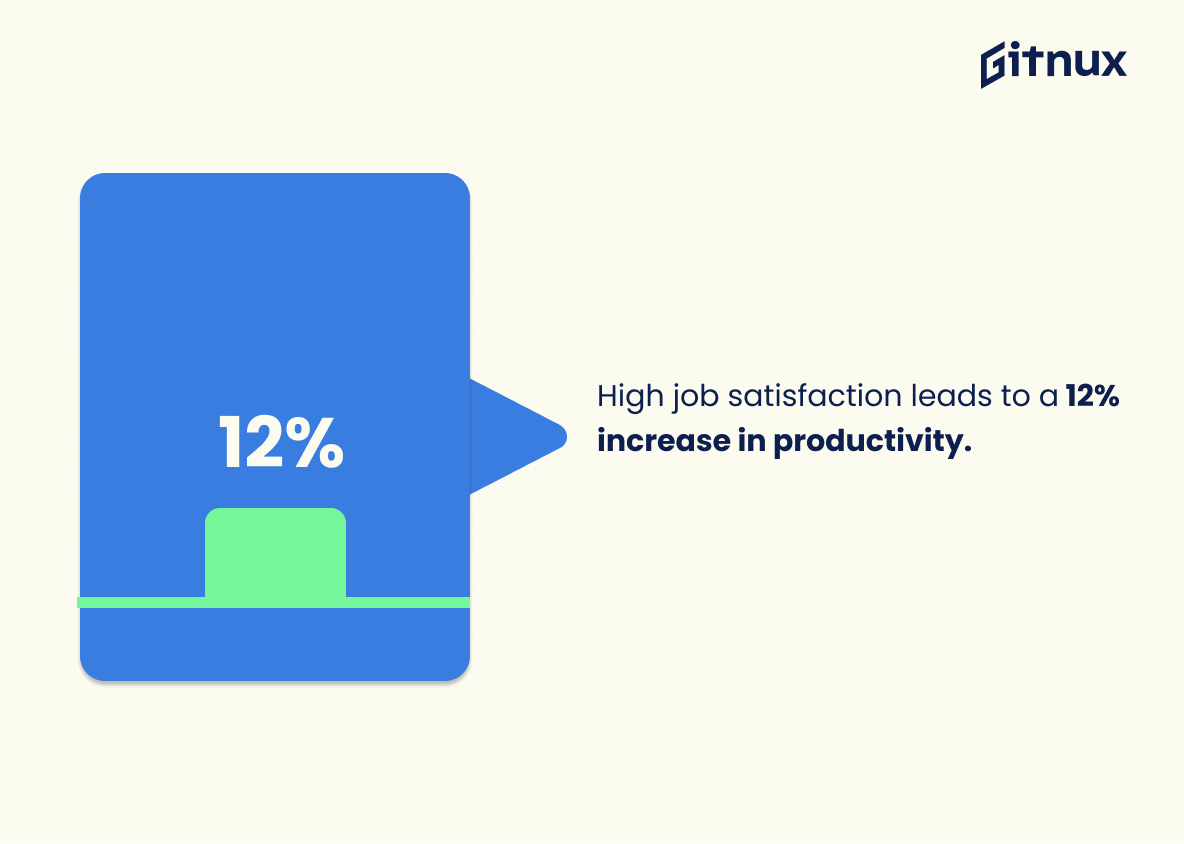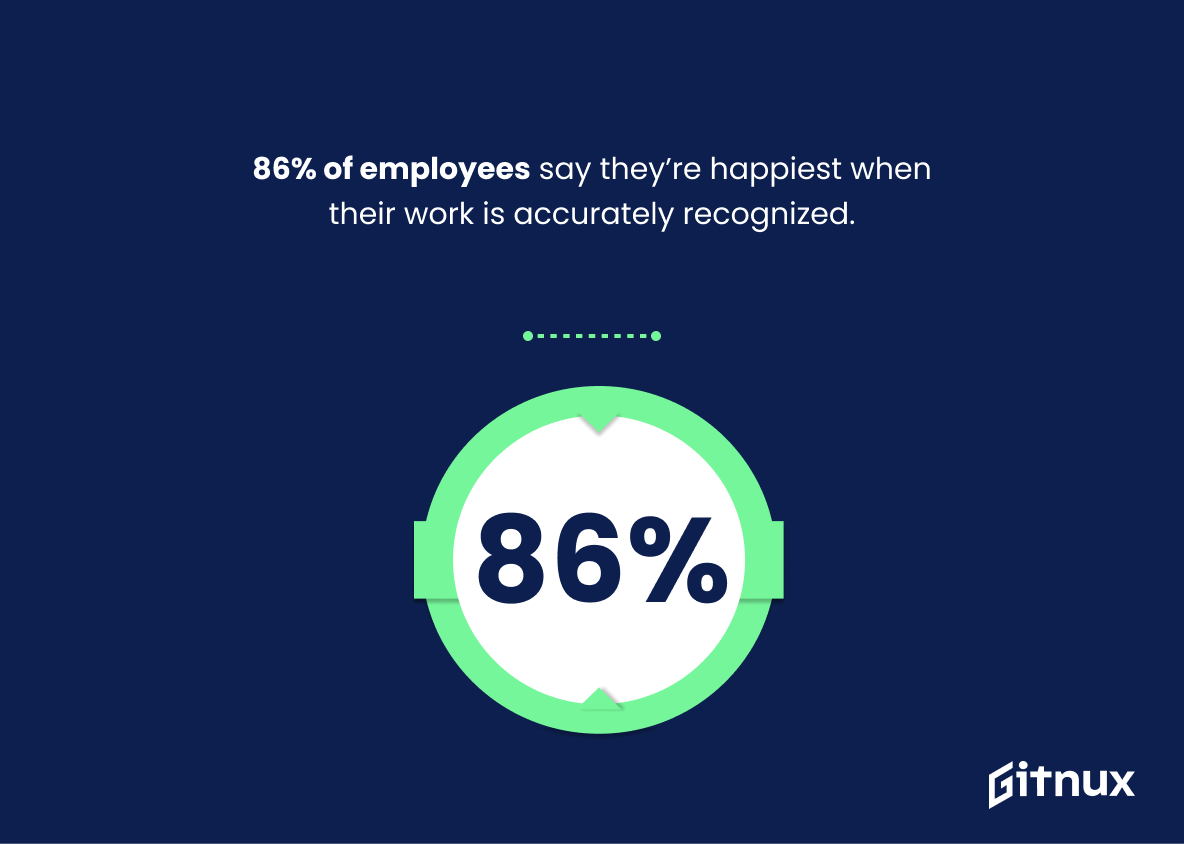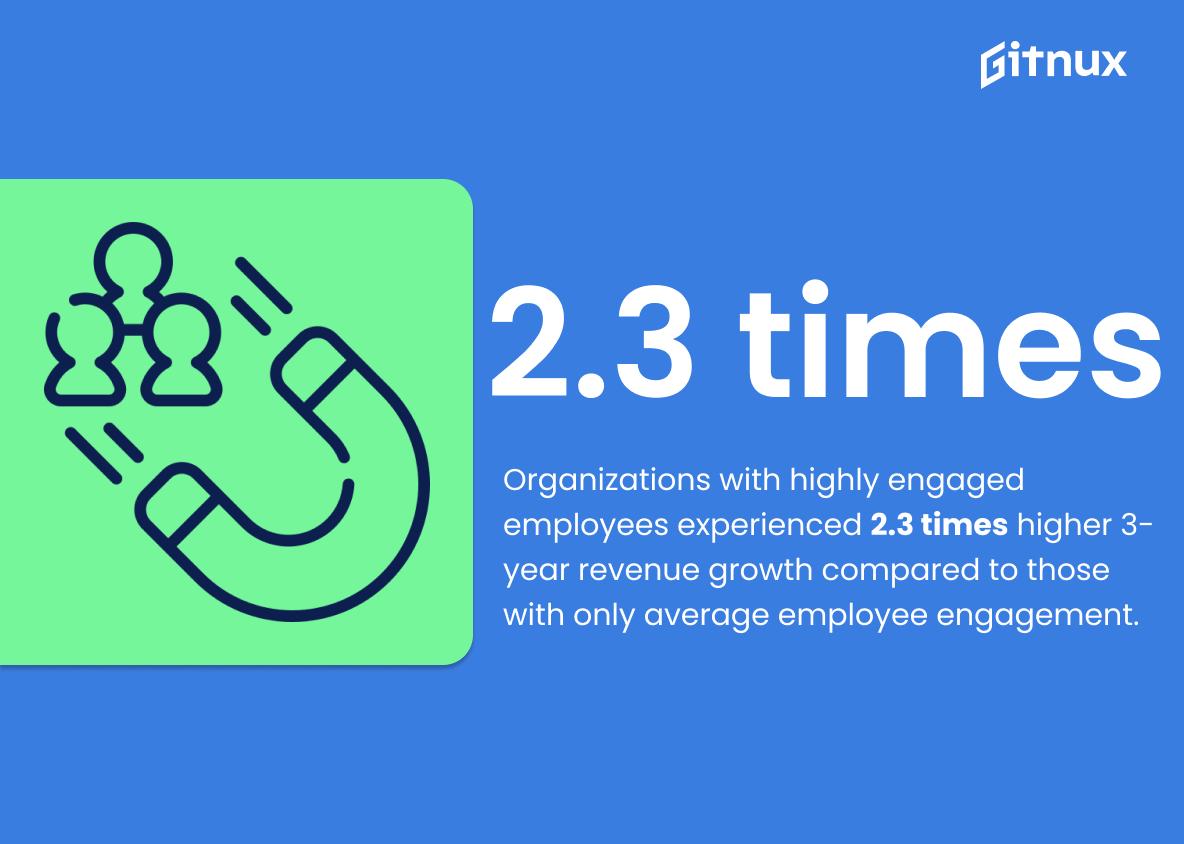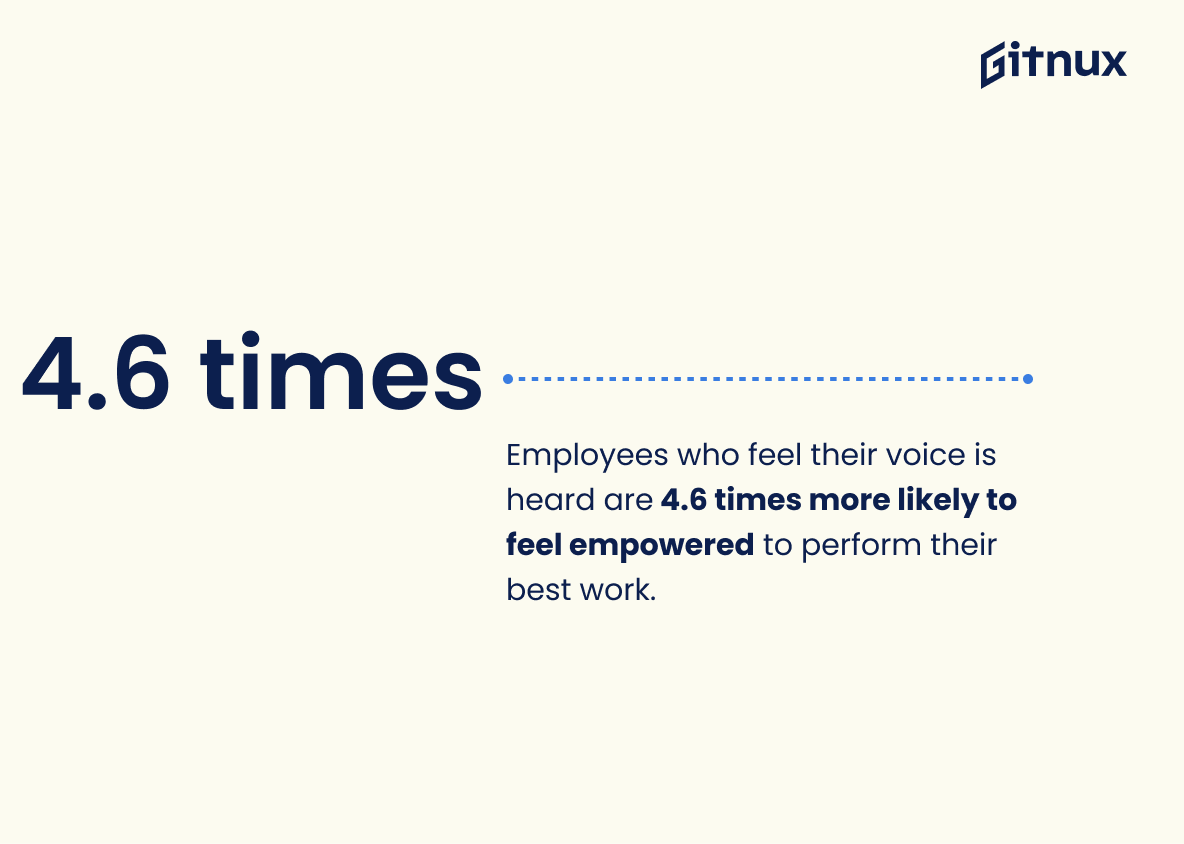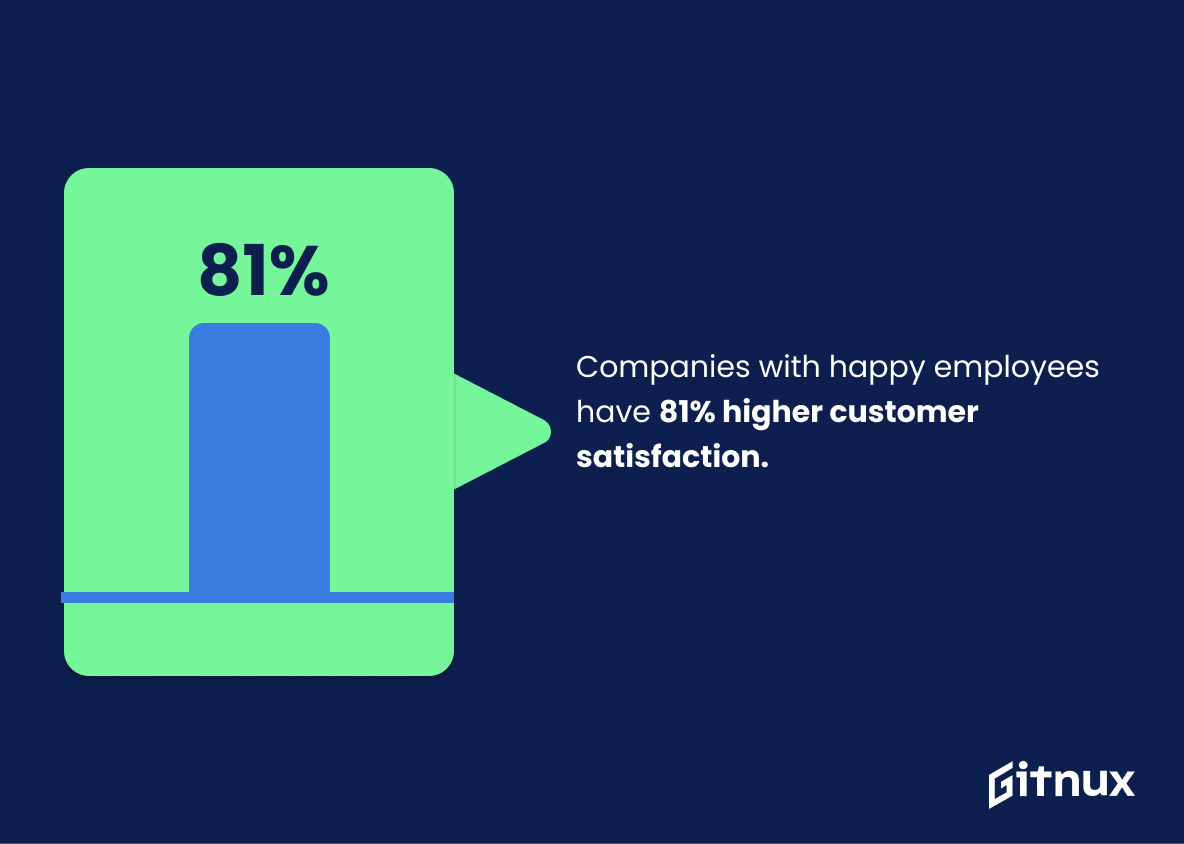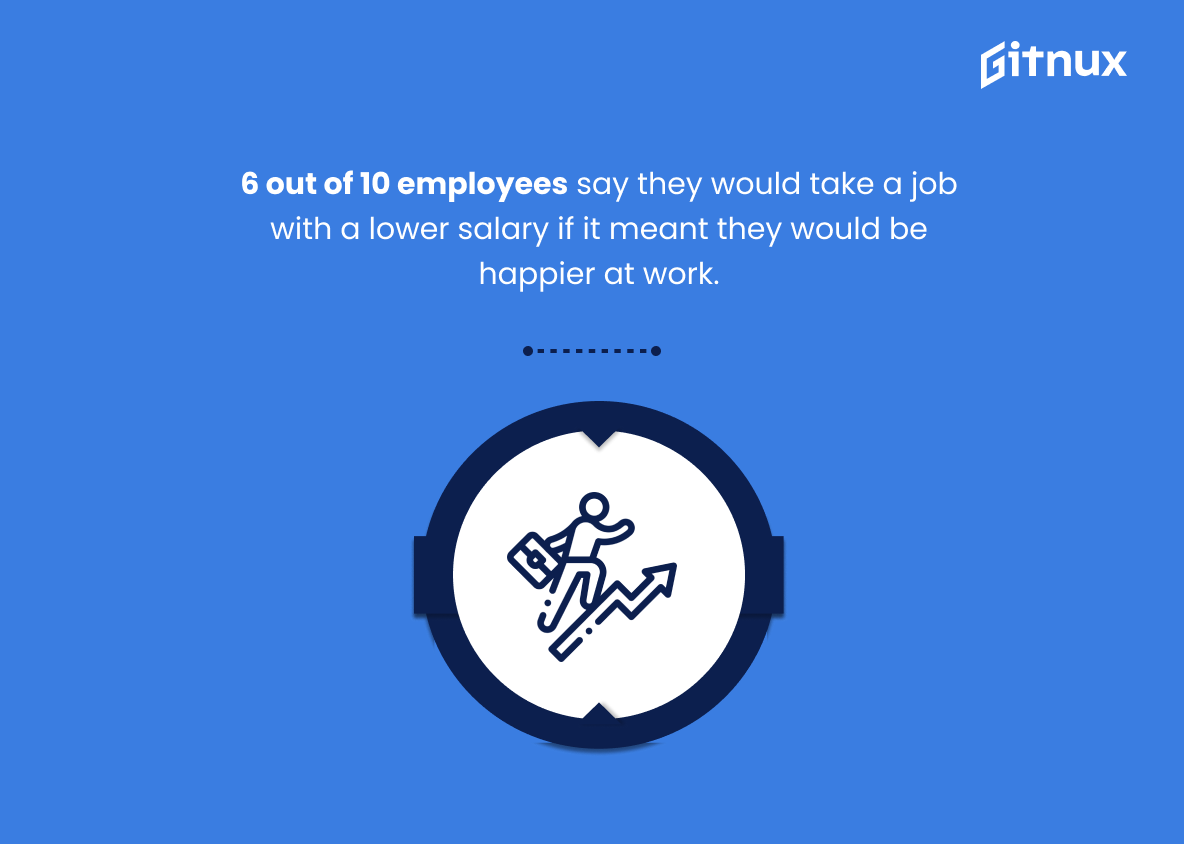Welcome to the fascinating world of employee happiness and satisfaction – a pivotal factor that directly contributes to a company’s ultimate success. In today’s corporate landscape, employee happiness isn’t just an added bonus, it’s becoming a necessity for sustained growth and profitability. The power of happy employees extends beyond the boundaries of company culture, reflecting positively on overall business performance.
This blog post will delve into an illuminating catalogue of statistics about happy employees, demonstrating not just why their contentment is crucial, but how it can revolutionize your business. Understanding these metrics will arm you with the knowledge to foster a productive, joyful, and ultimately successful work environment.
The Latest Happy Employees Statistics Unveiled
Happy employees are reportedly up to 20% more productive than unhappy employees.
In the cosmic dance of numbers and insights, the statistic like ‘Happy employees are reportedly 20% more productive than unhappy employees,’ has the capacity to shake things up in the blog about Happy Employees Statistics. Imagine this statistic as a spotlight, illuminating paths for businesses to excel, and understand the significance of employee happiness.
It’s not just about feeling good, it’s about an increase in productivity, a substantial 20% difference that can contribute profoundly to a company’s success. Isn’t it stupendous how happiness at work isn’t merely an emotional perk, but also a clear signal of improved performance? This statistic is thus the conductor, setting the rhythm, flowing seamlessly through the orchestra of happy employee narratives, eliciting a melody of increased productivity that’s nothing short of harmonious for business growth.
Companies with happy employees outperform their competitors by 20%.
In the swirling vortex of corporate competition, one statistic glows like a beacon: companies with joyous staff have a track record of outdoing their competitors by an impressive 20%. Now, let’s unpack the gravity of this figure in the context of a blog post on Happy Employees Statistics.
Indeed, this pulse of information isn’t merely a trivial fact to skim through. It’s the profound heartbeat of positive workplace culture that aligns employee satisfaction with business triumph. It uncovers the strategic potential of cheerfulness, revealing how it can be converted into a potent weapon to catapult a company’s performance.
Transforming the workplace into a hub of happiness doesn’t just paint a pretty picture. It contributes to a bigger, bolder canvas where job satisfaction translates into tangible business wins. Consequently, it invites organizations to reassess their focus, recalibrate their strategies, and reinvest in their most valuable resource: their employees.
In the grand scheme of business performance, this statistic offers a profound revelation. It doesn’t merely stand as a testament to the power of workplace happiness, but paves the way for a future where employee satisfaction could be the deciding factor between simply competing and outright winning. Therefore, this statistic and its implications could transform our understanding and approach towards employee happiness, painting it not just as a moral obligation, but as a strategic imperative.
58% of employees say they’d stay at jobs with lower salaries if that meant working for a great boss.
Delving into the realm of Happy Employees Statistics, the stat on the table – ‘58% of employees would endure a lower salary for the gratification of having a fabulous boss’ – brings to light the intriguing and profound role that leadership plays in employee satisfaction.
The statistic unravels the intricate strands of human psychology in the workplace, underscoring the value of transformative relationships over cold cash. Therefore, it’s a compelling statistic to open the curtain to the human side of workplace dynamics, revealing that for more than half of employees, a supportive and inspiring boss is the gold that glitters more than a hefty paycheck.
High job satisfaction leads to a 12% increase in productivity.
Delving into the nexus of happiness and productivity, the fusion of this statistic into a blog themed around ‘Happy Employees’ Statistics’ holds significant relevance. It contours a compelling narrative that lifting spirits in the workplace not only fosters a pleasant environment but augments productivity.
A 12% increase in productivity instigated by high job satisfaction directly equates to a more efficient, productive workforce. Unveiling this co-relation, our statistic bears testament to the fact that a contented employee isn’t merely a luxury for a business, but a pragmatic investment that reciprocates in tangible, measurable gains.
By practicing proactive measures that enhance job satisfaction, the yield is two-fold – content employees and a significant enhancement in productivity. This statistic, therefore, underscores the invaluable bridge between the often underestimated asset of job satisfaction and productivity elevation, thus amplifying the need, and benefits, of investing in employees’ joy.
86% of employees say they’re happiest when their work is accurately recognized.
The enchanting melody of 86% of employees singing in unison about the joy they feel when their work is accurately recognized cannot be simply brushed aside. This melodious statistic forms the cornerstone of any orchestra aimed at playing the symphony of employee happiness. So imagine, if you will, a workplace where accolades fall like enchanting notes of recognition.
That formation of happiness, rightfully earned, motivates individuals to perform to the best of their potential and cultivates a joyful, productive working environment. Therefore, this number has a charming stutter, which repeats itself, “Recognize accurately, Recognize accurately.” guiding the conductor (the organization) towards making the symphony (the workplace environment) that much brighter and engaging.
Organizations with highly engaged employees had an average 3-year revenue growth 2.3 times greater than companies whose employees were only engaged at an average level.
Feast your eyes on this delicious nugget of data. Organizations that successfully engage their employees like maestros conducting a symphony are reaping the rewards, leading the charge with a 3-year revenue growth that’s a staggering 2.3 times more than the average growth rate of their less-engaging counterparts.
This dynamic stat offers a compelling snapshot that highlights the correlation between happy, engaged employees and financial success. Presenting these numbers in a sea of happy employee statistics convincingly solidifies that the employee happiness isn’t just about creating workplace nirvana – it’s a strategic blueprint for prodigious financial growth.
On average, happy employees are 12% more productive.
One cannot understate the intriguing allure of the given statistic ‘On average, happy employees are 12% more productive.’ When crafting a narrative about happy employees’ statistics, it’s actually the foundation stone of the entire narrative.
The significance of this powerful data nugget echoes throughout the corporate corridors, emblematic of the direct correlation between employee happiness and their performance levels. It paints a vivid picture that employers can no longer afford to sideline employees’ happiness as a trivial subject or a peripheral issue.
This 12% increase in productivity acts as a magnifying glass, bringing into sharp focus the otherwise unseen potential that lies untapped in workplaces across the globe. By integrating a culture of happiness, firms can harness this additional productivity, which could translate into something as substantial as increased profit margins or the decisive edge in a competitive market.
So, in essence, this potent statistic, rather than being a mere number, metamorphoses into a compelling argument, a rallying cry for organizations to invest in happiness, knowing full well that happy employees are not just an end, but also significant means to business success.
Employees who feel their voice is heard are 4.6 times more likely to feel empowered to perform their best work.
Envision a workspace where employees’ contributions are valued, encouraged, and esteemed; imagine the surge in enthusiasm, creativity, and dedication such a positive culture would inspire. The cited statistic sheds light on this very phenomenon. Undeniably, the ubiquitous correlation between feeling heard and optimal performance emerges as a strong driving force in establishing a happy and productive workforce.
Employees who believe their opinions matter exhibit a striking 4.6 times more propensity to deliver their finest work. When staff feel that their ideas are valued and can contribute to the company progress, their sense of worth elevates. This intensifies their engagement and enthusiasm for their work, leading to more innovative ideas, improved productivity, and higher-quality results.
The substantial effect on performance yielded by this simple yet powerful intervention cannot be overemphasized. As such, it is an essential nugget of wisdom for businesses aiming to boost employee satisfaction and productivity, becoming a key talking point in discussions around Happy Employee Statistics.
Companies with happy employees have 81% higher customer satisfaction.
Drawing happiness in the office picture with numerical data, it’s fascinating to spotlight that a staggering 81% uplift in customer satisfaction is associated with companies thriving on employee happiness. Unveiling this remarkable connection makes a compelling argument in the narrative of Happy Employee Statistics. It emphasizes how fostering a joyful workforce isn’t just an internal benefit but a potent tool for external success, transforming satisfied employees into brand ambassadors that attract and delight customers.
With such a boost in customer satisfaction, businesses can build loyal customer base and improve bottom line – a desirable outcome for any company navigating competitive market scenarios. Essentially, in the world colored by data, this statistic shines like a beacon, untangling the beneficial complexities of employee happiness and its rippling effects in the business ecosystem.
6 out of 10 employees say they would take a job with a lower salary if it meant they would be happier at work.
Delving into this compelling statistic, we uncover an intriguing argument for the significance of workplace satisfaction. In essence, 60% of employees are ready to exchange larger paychecks for a more fulfilling work experience. This statistic communicates a behavioral shift, putting a spotlight on the fact that happiness and emotional well-being at work are gaining precedence over traditional job perks.
Within the scope of an article about Happy Employees Statistics, this revelation serves as a powerful talking point. It underscores the need for organizations to cultivate an environment conducive to happiness, rather than mainly pouring resources into financial incentives. No longer can the corporate world rely solely on monetary motivation. An investment in boosting the happiness quotient at work becomes a key driver for attracting and keeping talent, challenging the conventional wisdom and ushering a new era in employee retention strategies.
Conclusion
In retrospect, happy employees are paramount for the success of any business – a fact consolidated by countless studies and eye-opening statistics. Investments in employees’ well-being and job satisfaction result in improved productivity, reduced turnover rates, and enhanced customer satisfaction. Therefore, company leaders should place employees’ happiness at the forefront of their strategies and foster a supportive work environment that promotes personal growth, healthy work-life balance, and team collaboration.
Indeed, a happy workforce is not just an admirable goal – it is a critical component for strategic competitive advantage in the marketplace. Engaging employees in their work could be the game-changer that transforms businesses and propels them to new heights of success.
References
0. – https://www.happyorangeproject.com
1. – https://www.www.tinypulse.com
2. – https://www.www.snacknation.com
3. – https://www.www.monster.com
4. – https://www.www.socialtalent.com
5. – https://www.www.forbes.com
6. – https://www.www.gallup.com
7. – https://www.www.randstadusa.com
